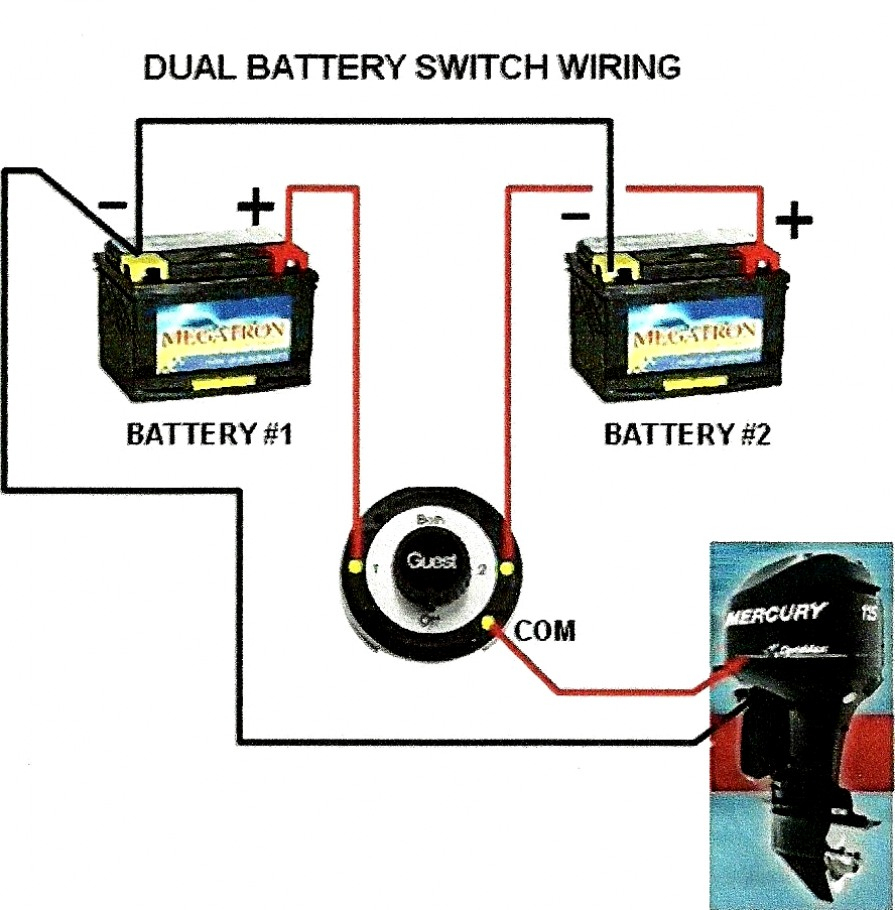Boat Safety Essential Engine Cut Off Switches

Imagine a tranquil day on the water, the sun glistening on the waves. Suddenly, the unexpected happens – the boat operator is thrown overboard. Without an engine cut-off switch (ECOS), the boat could continue on its course, becoming a runaway hazard. This seemingly small device plays a vital role in boating safety, preventing potential tragedies and protecting lives.
An engine cut off switch, also known as an engine kill switch, is a safety device designed to shut down a boat's engine if the operator falls overboard or is otherwise separated from the helm. It's a simple yet crucial piece of equipment that can avert disaster. By immediately stopping the engine, it prevents the boat from continuing on a potentially dangerous path, keeping those in the water safe from propeller strikes and allowing for a swift recovery of the operator.
While the exact origins of the engine cut off switch are difficult to pinpoint, their importance became increasingly clear as boating accidents involving runaway vessels rose. Recognizing the need for a simple and effective safety measure, regulatory bodies began mandating their use. Today, most countries require engine cut off switches on recreational boats under a certain size, highlighting their essential role in modern boating safety practices.
A key issue related to engine cut off switches is the lack of awareness and consistent use. While regulations mandate their installation, some boaters neglect to connect the lanyard, rendering the switch ineffective. Education and consistent reminders about the importance of using the cut-off switch are vital in ensuring its effectiveness. Understanding how to properly install, maintain, and use these devices is crucial for preventing accidents.
There are generally two main types of engine cut-off switches: lanyard and wireless. The lanyard type is the most common, consisting of a cord attached to the switch on one end and a clip that attaches to the operator's clothing or life jacket on the other. If the operator falls overboard, the lanyard pulls the switch, cutting the engine. Wireless switches utilize electronic signals to shut down the engine when the operator is a certain distance away from the helm. Both types serve the same purpose but offer different operational methods.
One clear benefit of an engine cut off switch is preventing propeller strikes. A running propeller poses a significant danger to anyone in the water. The quick shutdown initiated by the ECOS minimizes this risk. Another advantage is preventing runaway boats. An unmanned boat can become a hazard to other vessels and swimmers. The ECOS prevents this by quickly stopping the engine. Finally, an ECOS facilitates a quick return to the operator. With the engine stopped, the boat remains in the vicinity, allowing for a faster rescue.
To ensure your ECOS is always ready, inspect the lanyard regularly for wear and tear. Replace it immediately if any damage is found. Test the switch periodically to ensure it functions correctly. Familiarize yourself with the location and operation of your ECOS before every outing. Ensure everyone on board understands the purpose and importance of the device.
Advantages and Disadvantages of Engine Cut-Off Switches
| Advantages | Disadvantages |
|---|---|
| Prevents propeller strikes | Can be inconvenient in certain situations (e.g., docking) |
| Stops runaway boats | Lanyards can be forgotten or accidentally detached |
| Facilitates quick recovery of operator | Wireless systems can be susceptible to interference |
Five best practices include: Always connect the lanyard; Regularly inspect the switch and lanyard; Test the switch operation; Educate all passengers on the system; Choose the right type of ECOS for your boating needs.
Frequently Asked Questions: What is an ECOS? How does it work? Is it required by law? What types are available? How do I install it? How do I maintain it? What should I do if it malfunctions? Where can I purchase one?
Tips and tricks: Keep a spare lanyard onboard. Consider a wireless ECOS for added convenience. Integrate the ECOS check into your pre-departure routine.
Engine cut-off switches are essential safety devices for any boat. They provide a critical layer of protection, preventing serious accidents and saving lives. By understanding how they work, ensuring they are correctly installed and maintained, and consistently using them, boaters can significantly enhance their safety on the water. Commit to making the engine cut-off switch a non-negotiable part of your boating routine, ensuring peace of mind and a safer boating experience for everyone. Don't wait for an accident to happen – prioritize safety today.
Dead languages so yesterday but still kinda relevant
Elevating your entryway a curated guide to porch paint hues
Sss class ranker manga 86 a triumphant comeback













